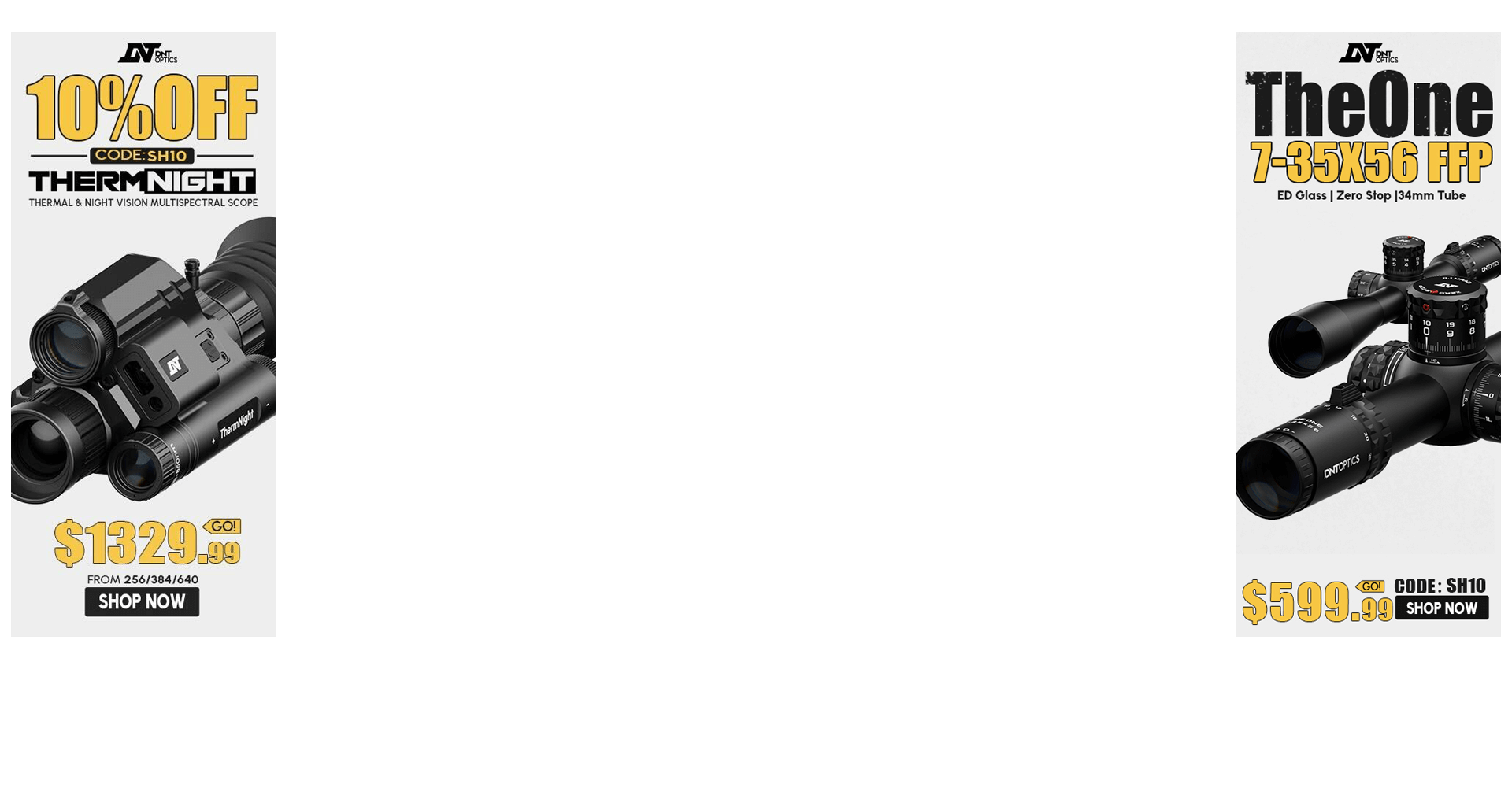For the most part, the larger tubes are there to allow for greater elevation and windage travel, but they do have other pros and cons as already mentioned. None of these are absolute. There are just design tradeoffs.
To add a few other other considerations:
-In high erector ratio riflescopes, extra space due to a larger tube is quite helpful Many of these designs have telescoping assemblies with one sliding inside the other when you adjust magnification. It is easier to maintain durability with complicated optomechanical designs in larger tubes.
-While a larger diameter tube is indeed stiffer for the same wall thickness, it is also more susceptible to deformation (dents) due to incorrect mounting or impact.
-With a larger tube, there is a little more leeway in terms of what kinds of optical components you use. It is easier to optimize an optical design when you have more space.
-You have a little more space to mount larger diameter turrets which often helps with adjustment feel.
Personally, I have never choisen or discarded a scope because of a tube diameter, unless it is something so exotic that I can not find mounts for it. For the three most common diameters (1", 30mm and 34mm), mount availability is not really an issue.
There are a few options for 35mm as well. For 26mm (some old scopes), 36mm and 40mm, it gets a little more involved.
To address something from the original post: smaller is not better, but not necessarily worse either. It can go either way depending on what you are looking for.
With Vortex Razor Gen II vs AMG, the big difference is the weight and the erector ratio. Gen II is a 6x erector ratio, while AMG is a 4x. Shoving a 6x erector ratio scope into a 30mm tube while maintaining appropriate elevation travel and durability is a little bit difficult (though not impossible) which is why most scopes like this have 34mm tubes.
Here is a pretty good way to think about it: there are two possible reticle planes inside a riflescope. Think of a first reticle plane as between the objective and the erector. The second one is between the erector and the eyepiece.
The objective forms an image and superimposes it onto the reticle in the first reticle plane. Then, the erector optical system magnifies that image by whatever the erector ratio happens to be and forms that magnified image in the second reticle plane. That is what you see through the eyepiece.
The image in the second reticle plane has to be six times bigger than in the first reticle plane and you need space to accomodate all of that.
Now, this is a fairly gross oversimplification of the problem, but at least it should give you a reasonable idea.
ILya

